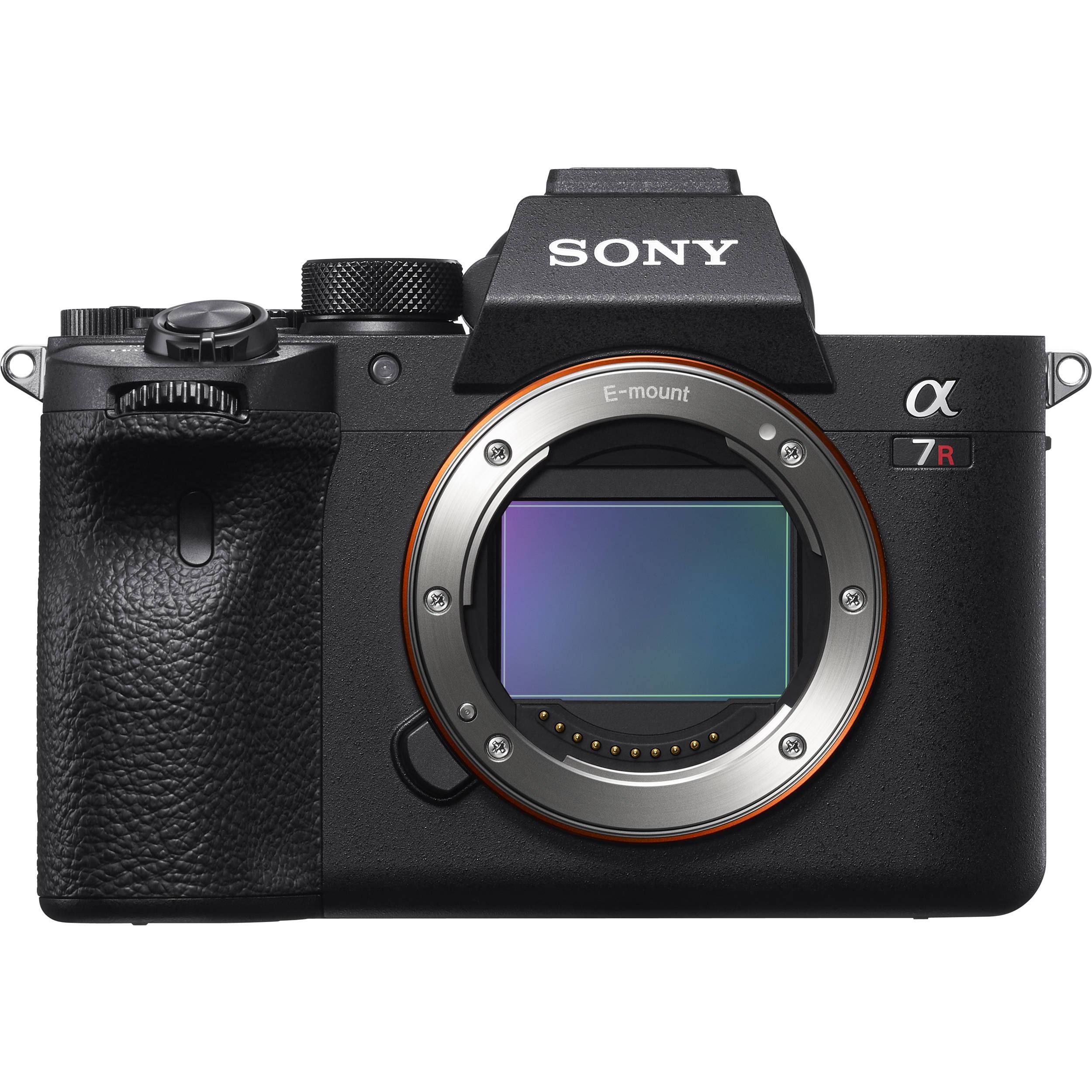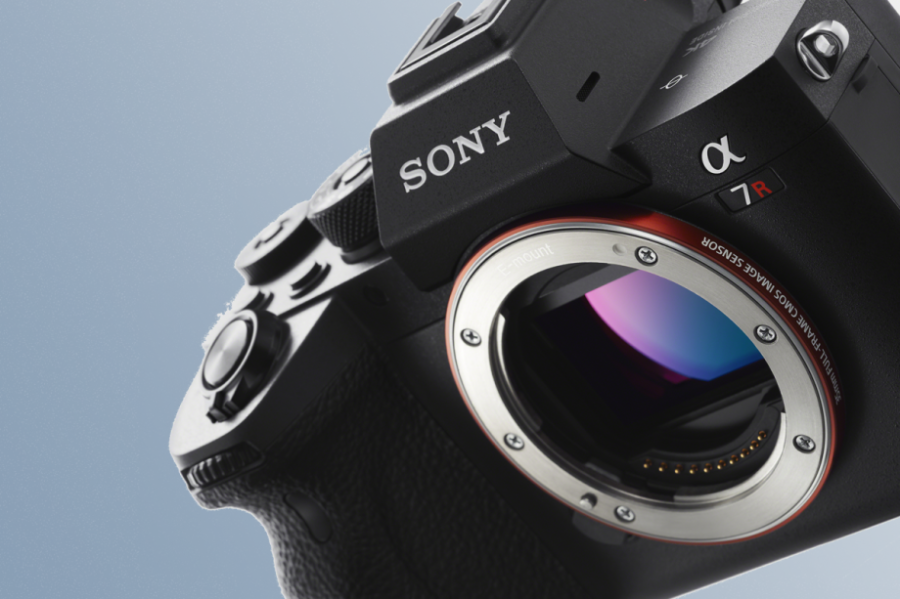Sensor
The Alpha 7R IV boasts the world’s first 61MP back-illuminated full-frame sensor, offering really impressive levels of detail. Its predecessor offers a lower-resolution 42.4MP sensor. While many portrait and commercial photographers will lap up all that extra resolution, the fact remains that you can still generate very finely detailed and images and large prints from the older model. Your files will be smaller too, and you won’t need to worry so much about the ultra sensitive sensor on the new model picking up even the tiniest bit of camera shake, or your less-than-perfect focussing.
If you reckon you need resolution levels approaching that of medium format cameras, however, along with higher resolution crops, the Alpha 7R IV will strongly appeal. The BIONX image processor is unchanged as is the image stabilisation at 5.5 stops: it will be interesting to see how this copes with that much higher resolution sensor, which will faithfully record every little bit of handheld camera shake.
Autofocus
Again, it’s a numbers game when it comes to AF improvements, rather than any seismic change. The Alpha 7R IV’s Fast Hybrid AF system delivers 567 phase-detect and contrast-detect AF points, while the A7R III has 399 phase-detect and 425-point contrast-detect AF points.
The frame coverage also rises to 74% on the new camera, which is a moderate jump from about 68% on the Alpha 7R III. This is only part of the story, and Sony is claiming superior AF tracking performance on the Alpha 7R IV as the Real-time EYE AF option will work with all those exta phase-detect AF points. (Note, however, that a recent firmware upgrade for the Alpha 7R III also deliver improved Real-time Eye AF performance).
 Continuous shooting and buffer
Continuous shooting and buffer
The Sony Alpha 7R IV is no slouch. It shoots a continuous burst at 10fps for up to 7 seconds with full AF/AE tracking using its refined, low-vibration mechanical shutter or a silent electronic shutter just like the Sony A7R III. Sony claims 68 images (Extra Fine JPEGs or compressed Raw files) can be shot in a single burst at 10fps, which increases to 200 when the A7R IV’s APS-C crop mode is deployed. This produces images with a 26.2MP resolution and can be customised to a function button for quick and easy one-click operation. While performance levels between the two cameras are similar on paper, remember that the Alpha 7R III is dealing with lower resolution files from a lower megapixel sensor.

Crop mode
If you select crop mode on the new camera, or use an APS-C lens, you can capture 26.2Mp images, compared to 18Mp on the older camera. Again, not a huge leap, but useful nonetheless, particularly for wildlife and sports photographers who are farther away from their subjects.
The Pixel Shift Multi Shooting mode on the new camera composites up to 16 full-resolution images. In this mode, the camera precisely shifts the sensor in 1 or 0.5-pixel increments to capture 16 separate pixel-shifted images containing a total of 963.2 million pixels worth of data. The final output is a colossal 240.8MP (19,008 x 12,672 pixel) image, however any movement between frames is at risk of being rendered blurred so its use will be limited to non-moving subjects where the camera is locked on a tripod. Even in a ‘static’ landscape, wind movement in the trees, for example, will be captured.
The A7R III captures four images at 42.4MP to generate a file with greater detail, but the advantage with the A7R IV is that it can call on that 61Mp sensor and capture up to 16 images.

Screen, ergonomics and build quality
As Mike Topham mentions in his hands-on first look, the introduction of a 5.76-million-dot UXGA OLED electronic viewfinder is welcome news. It’s the best yet on an A7-series model and a definite improvement from the 3.69-million-dot electronic viewfinder on the Alpha 7R III. The display quality can be set to ‘Standard’ or ‘High’ mode, with 60fps and 120fps refresh rates both available.
Other improvements on the Alpha 7R IV include a toggle lock button on the exposure compensation dial gains to prevent it being knocked accidentally, while the focus-area joystick and AF-ON button are both larger, making them just that bit easier to find when your eye is pressed up against the EVF. The larger grip has also made a real difference and it’s noticeably more comfortable to hold than previous A7-series models. Enhanced weather sealing around the battery cover and terminals is also welcome.
Battery Life
Both camera use the same battery, the NP-FZ100 cell, but the Alpha 7R IV can now take 670 shots per charge via the main screen, or 530 via the viewfinder. This is a welcome increase from the 650 or 530 images delivered per charge by the Alpha 7R III.
Video recording
While the differences between the two cameras here are less pronounced, the Sony Alpha 7R IV provides 4K 30p video recording and full pixel readout without pixel binning in Super 35mm mode, as well as S-Log 2 and S-Log 3 to maximise dynamic range and provide videographers the control they need when colour grading. Touch tracking AF is also available during movie shooting, so you simply tap on the screen to specify the focus point.









